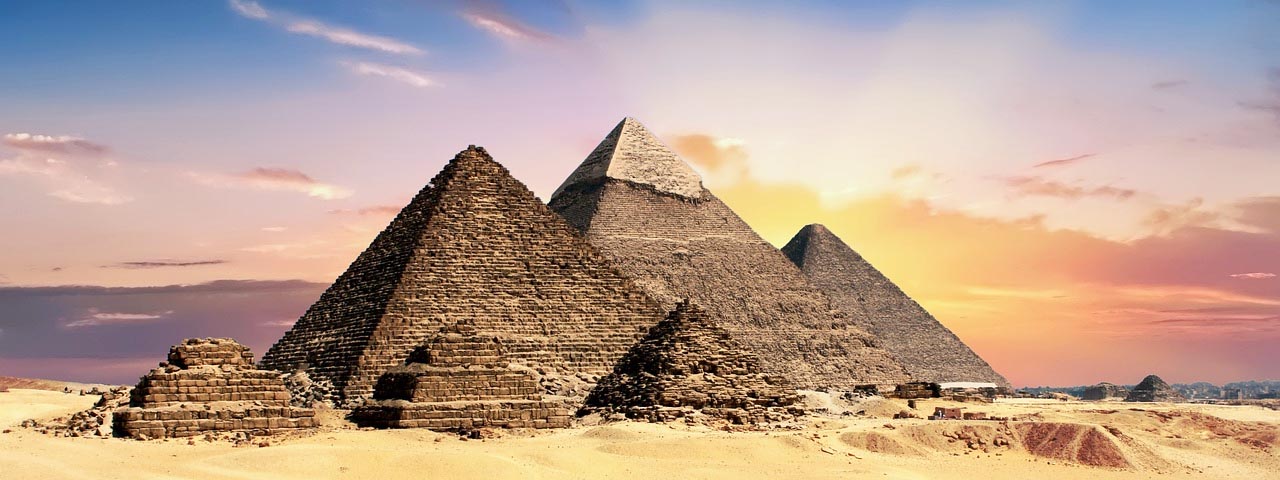Ancient Egyptian Swords – A Glimpse into Historical Warfare
Ancient Egyptian swords are compelling historical artifacts that provide a significant understanding of warfare, craftsmanship, and societal hierarchy during Egypt’s reign. With their distinct designs and the materials used, these swords speak volumes about the evolution of military technology and the pivotal role they played in Egypt’s history.
The Evolution of Ancient Egyptian Swords
The development of ancient Egyptian swords was influenced by the era, available materials, and influences from neighboring cultures. Early on, during the Old Kingdom, simple daggers and short swords made from copper and bronze were prevalent, suitable for close combat.
The Middle Kingdom saw the introduction of the ‘khopesh,’ an innovative weapon inspired by the Canaanites. By the New Kingdom, improved metallurgical techniques allowed for the production of longer and stronger blades, as seen in the ‘sickle swords’ that became symbols of power and authority.
The Iconic Khopesh
The khopesh is one of the most iconic ancient Egyptian swords, characterized by a curved, sickle-shaped blade. Measuring up to 60 cm long, the khopesh was designed for slashing and hooking during combat. The khopesh was not only a practical weapon but also a status symbol. Pharaohs, such as Tutankhamun and Ramses II, were often depicted in art and hieroglyphs wielding a khopesh, symbolizing their power and martial prowess.
Materials and Craftsmanship
The construction of ancient Egyptian swords evolved over the centuries, primarily based on advancements in materials and techniques. Initially, copper was the material of choice, but as metallurgical knowledge progressed, bronze became more popular due to its superior strength and durability.
The process of creating these swords involved casting the blade in molds, then painstakingly hammering, sharpening, and polishing the weapon. The hilt was often made from wood, bone, or ivory, and for high-ranking individuals, it might be ornately decorated with precious metals or gemstones.
Ancient Egyptian Swords as Symbols
While functional in battle, ancient Egyptian swords also served as important symbols. They were often depicted in tomb paintings and carvings, signifying the owner’s valor or high status. Swords could also have religious or ceremonial roles, used in rituals or offerings to the gods.
The Legacy of Ancient Egyptian Swords
The ancient Egyptian swords offer an intriguing perspective into Egypt’s military history and societal structure. They reflect the civilization’s craftsmanship, technological advancements, and artistic sensibilities. Today, they continue to captivate historians, archaeologists, and enthusiasts, serving as tangible connections to Egypt’s vibrant past and offering invaluable insights into this remarkable ancient civilization.
Links:
Wikipedia: Ancient Egypt
History Channel: Ancient Egypt
Live Science: Ancient Egypt
Ancient Egypt for Kids
British Museum: Ancient Egypt
